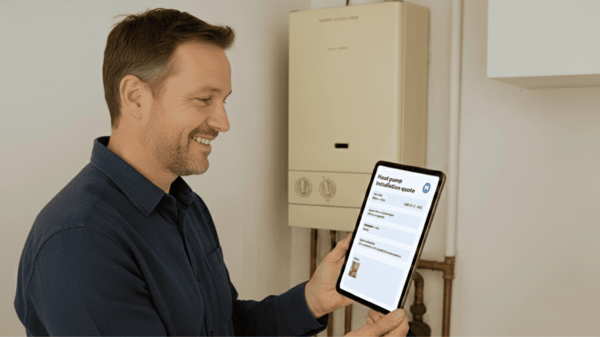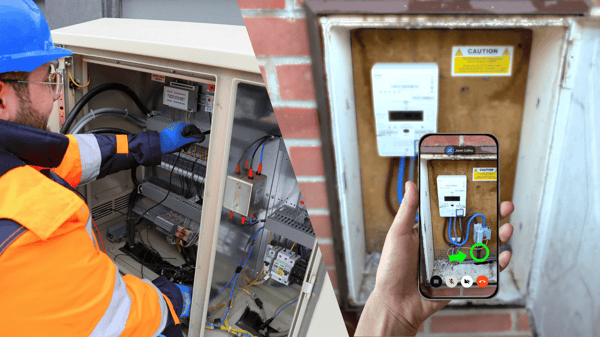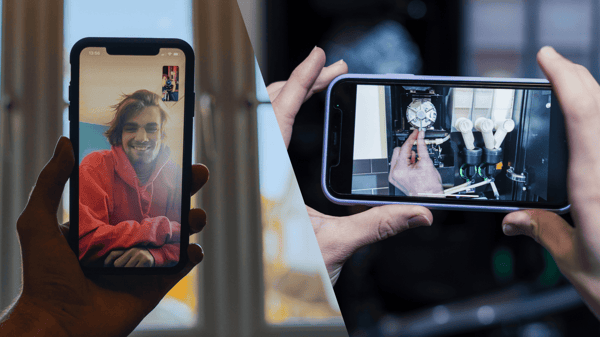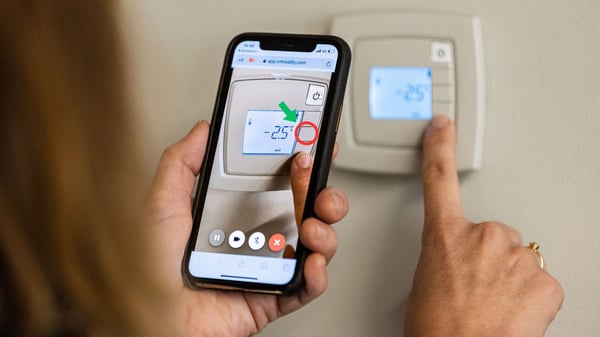In the world of remote visual assistance, the effectiveness of the service depends on network connectivity, creating a challenge in locations with limited access. This is particularly true for utility sites, production lines inside buildings with thick metal walls, or equipment installations in areas with generally poor connectivity.
Ensuring reliable visual assistance across diverse physical environments is key to making the solution both useful and valuable. But doing so comes with a set of challenges. This article explains how your network impacts remote visual assistance tools, and what you can do about it.








